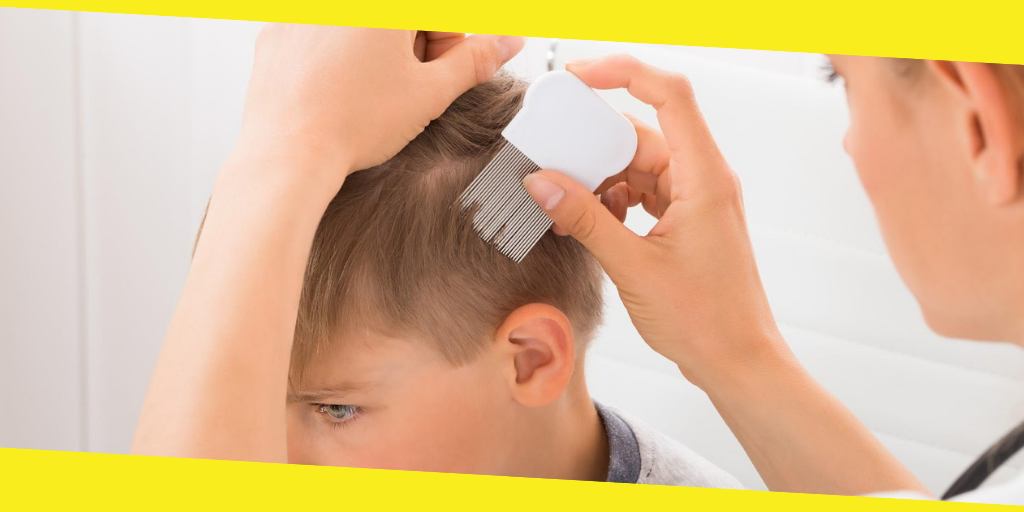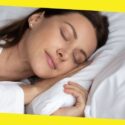A Definitive Guide for Lice Treatment and Diagnosis
This post was last updated on February 12th, 2024

What are Lice?
What is on your mind when you think of lice? Little creepy crawly creatures that do not seem like they will ever affect you because you practise good personal hygiene? Well, think again! Lice more commonly affect people with poor hygiene practices but can still affect those with good personal hygiene. Louse is such a common parasite that it affects people from every corner of the world. It therefore makes sense that it is one of the most common parasite infestation seen in general practice.
Lice feed on human blood. On average, a female head louse lays 3 to 6 nits a day. These nits are less than 1 mm long and appear white. After 8 to 9 days, immature lice, called nymphs, hatch from these nits. They normally mature in 9 to 12 days, and live as adult lice for about 1 month. Lice spread by physical contact or via infested fomites.
Three types?
Lice are named according to the body parts they are commonly found on.
- Pediculus capitis (head lice). They are commonly found on the scalp, nape of the neck and over the ears.
- Pediculus corporis (body lice). They normally live in clothes and bedsheets.
- Pthirus pubis (pubic lice). These lice are nicknamed “crabs” and they can be found on the skin and hair of the pubic area, chest hair, eyebrows or eyelashes. These lice usually spread through sexual contact and thus usually affect adults. If they are found in children, it may be an alarming sign of sexual exposure or sexual abuse.
So how do I know if I am infested?
People infested with lice will notice these symptoms listed below:
- Severe itch
- Tickling sensation
- Patients may notice lice on the scalp, body, pubic hair or other sites that were mentioned above. They may also be seen on clothes.
- Patients may also see nits on the shafts of hair or in the seams of clothing. Nits look a lot like dandruff. However, unlike dandruff, they are difficult to be brushed out.
- Little red bumps in the skin area
How will my doctor make a diagnosis of lice infestation?
Because lice and their nits are so small, doctors may look for them with the help of a magnifying glass. They may also pick up lice using cellulose tape and then place them on a microscopic slide for detailed examination. A special light known as Wood’s lamp may be used to examine the affected area for lice and nits. The lice and nits appear yellow-green to pale blue under this special light. The method of diagnosis for different types of lice differ slightly and are listed below:
- Head lice: A definite diagnosis can be made if a live louse is found in the affected area or if nits are found on hair shafts within 1/4 inch of the scalp. The infestation is likely no longer active when there is no sign of live lice or when none of the nits are within 1/4 inch of the scalp.
- Body lice: A definite diagnosis is made when live lice or nits are found in the seams of clothing or bed linen.
- Pubic lice: The diagnosis of pubic lice is made when nits or live lice or nits are seen in the pubic hair, chest hair, eyebrows or eyelashes. Because it is transmitted by sexual contact, it is deemed appropriate to screen the affected individuals for other sexually-transmitted diseases like human immunodeficiency virus (HIV), syphilis, gonorrhoea, chlamydia, genital herpes and trichomoniasis.
How is lice infestation treated?
There are two main parts to the treatment of lice: medication and environmental control. The types of medications used for lice infestation depend on the type of lice found.
- Head lice: Some over-the-counter options include shampoos that contain pyrethrin or permethrin. With prescription, other options include oral and topical medications. Ivermectin is taken orally in two separate doses, eight days apart. Children must weigh at least 15kg before they can be started on ivermectin. The more common side effect is nausea and vomiting. Malathion is a prescription medication that can be applied on the hair and scalp. Women who are pregnant or breastfeeding must talk to their doctors before using this medication. It is only approved for use in children more than 6 years old. Benzyl alcohol lotion is applied to the scalp and hair for 10 minutes before rinsing off. Treatment needs to be repeated after 7 days. It is not for children below 6 months old. Ivermectin lotion was recently approved in the United States as a topical, single-dose treatment for head lice. Like benzyl alcohol, it is not recommended for children younger than 6 months old. Spinosad topical suspension was approved by the FDA in 2011 for the treatment for head lice in people aged 4 years and older. Treatment may be repeated after seven days if live lice are still present. Finally, lindane is an option when all other options fail to eliminate the infestation. Nonetheless, it is no longer recommended as a first line treatment for head lice due to increasing resistance and to serious neurological side effects.
- Body lice: Medications are only needed when environmental control fails to eliminate infestation.
- Pubic lice: This can be treated with many over-the-counter and prescription medications used for head lice. However, patients are advised to talk to their doctors before using medications on their eyebrows or eyelashes.
- Environmental control aims to eliminate lice and their nits in all affected personal items that have become the causes of kutu or these lice to be spread out. Which includes clothing, bedding and furniture.
- Wash infested bedding, clothing, combs and brushes with soapy water which is at least 54°C before drying them under high heat for at least 20 minutes. Combs and brushes can be soaked in rubbing alcohol for one hour.
- Seal all items that cannot be washed in an airtight bag for at least two weeks.
- Vacuum the floor and furniture.
- Last but not least, make sure all affected household members get treated before it spreads even further.
Recommended For You
7 Things Health Experts Really Believe About Coffee
Most Inside
Most Inside offers high-quality recommendations and valuable updates to enhance all aspects of your life, providing premium guidance and enriching experiences.




